Showing 17–32 of 36 results
-
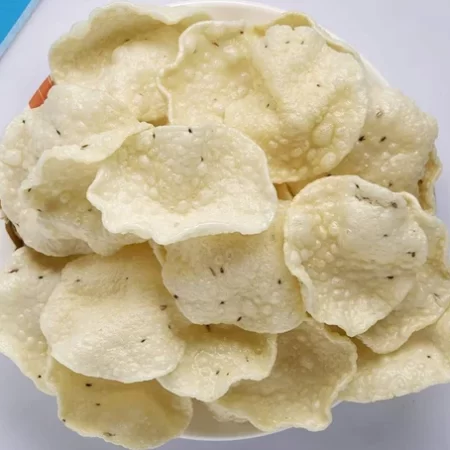
Khicheya Papad
The name khichiyu or khichu is derived from the ductile nature of the dough. (Khinch in Indic languages means to pull.) khichu (Gujarati dish) Type. Snack; as dough for papad. Khichiya papad is a thin Indian wafer, sometimes described as a cracker or flatbread. They are made of rice flour flavoured with green chillies, salt and cumin seeds. They are dried rice chips studded with Indian spices which can be grilled or deep fried.
-
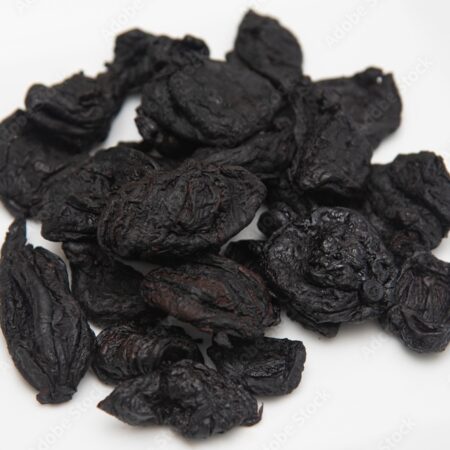
Kokam
Kokum (Garcinia indica) is a tropical fruit-bearing tree native to the Western Ghats region of India. Kokum produces small, purple to dark black fruit resembling a small plum. The outer skin is often dried to form kokum rinds. The dried outer skin or rinds of kokum fruit are used in culinary applications and for medicinal purposes. They are dark purple to black and have a slightly wrinkled appearance.
-
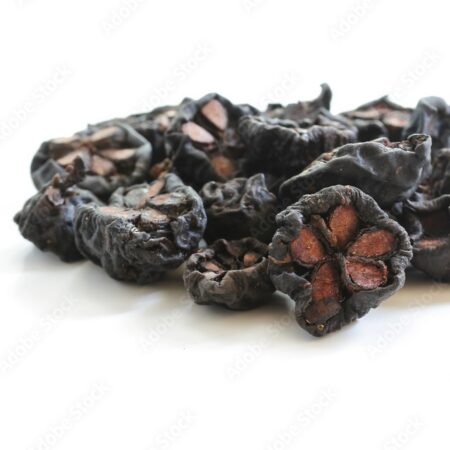
Kokam Flower
It has a sour taste with a faintly sweet aroma. The sun-dried version is called aamsul, kokum or kokam, and is used mainly in Maharashtrian, Konkan and Gujarati cuisine. When added to food it imparts a pink to purple colour and sweet/sour taste. It is a preferred substitute for tamarind in curries and other dishes.
-
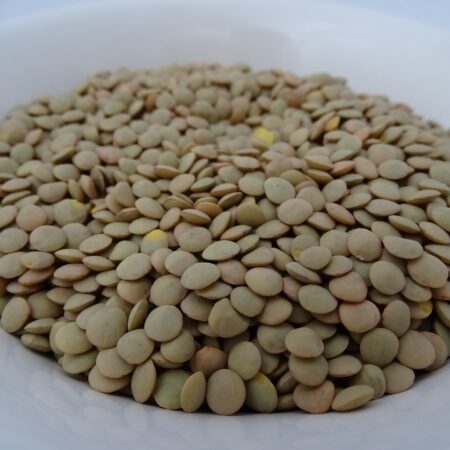
Lentils
Lentils are small, lens-shaped seeds from the legume family and are widely consumed across the globe. There are various types of lentils, including brown, green, red, yellow, and black lentils. Each variety has its unique flavour, texture, and culinary uses. Lentils are a rich source of plant-based protein, fibre, vitamins (such as folate and B vitamins), minerals (including iron and potassium), and antioxidants.
-
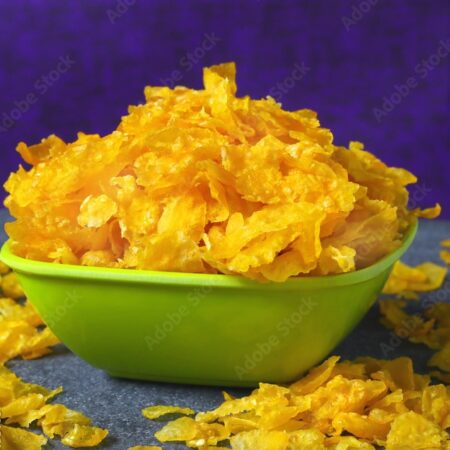
Makai Poha
Makka poha or Makai poha is part of Indian Gujarati cuisine. It can also be referred to as corn or maize flakes, but unlike the breakfast cereal cornflakes, these are not ready to eat. Makka poha is usually fried in hot oil so it puffs up, for consumption as a snack.
-
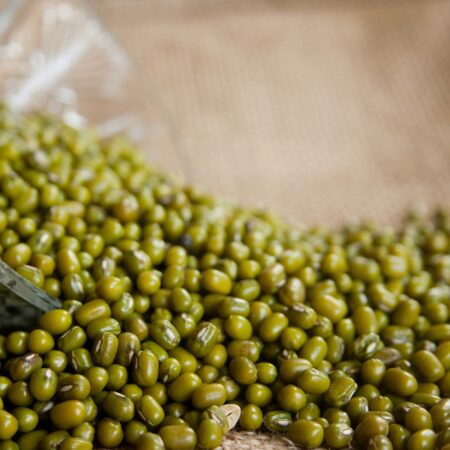
Marathi Mug
It is usually fried in oil before use to release its full flavour, which is similar to that of a combination of mustard and black pepper. It helps in treating diarrhoea and healing wounds. It is rich in antioxidants and works as an anti-diabetic.
-
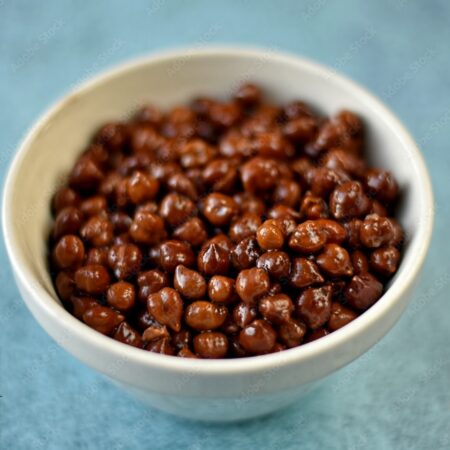
Mosambi Chana
Mosambi Chana is considered to be one of the earliest cultivated legumes. This is used to cook one of the versatile recipes of Indian cuisine, which has a smooth flavour. It is rich in minerals such as potassium, iron, calcium, phosphorous, magnesium, and molybdenum.
-
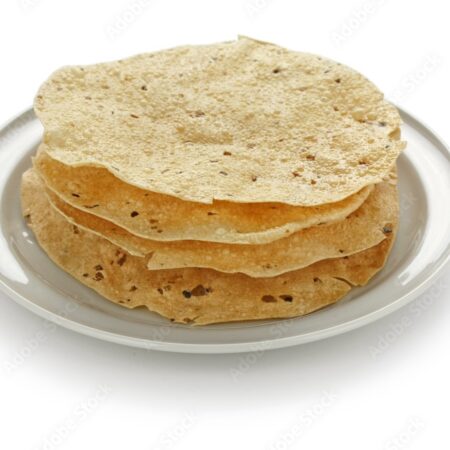
Papadums
Papadums, also known as papads or appalams, are thin, crisp, disc-shaped Indian flatbreads made from seasoned lentil or chickpea flour. Papadums can be crushed and sprinkled on dishes for added crunch, or they can be served with dips and accompaniments. Due to their dry and thin nature, papadums have a long shelf life and are easy to store. They are often available in packaged form.
-
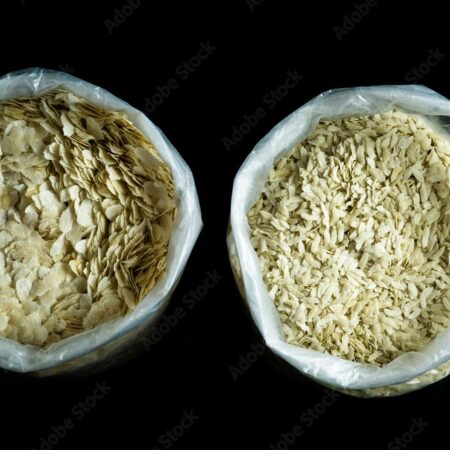
Poha Thick
Poha, also known as flattened rice, is a popular and versatile ingredient in Indian cuisine. When referring to “Poha Thick,” it likely indicates a variety of flattened rice with thicker grainsPoha is rice that has been parboiled, flattened, and then dried to produce flattened rice flakes. It comes in different thicknesses, ranging from thin to thick.”Poha Thick” suggests a variety of flattened rice with thicker grains. The thickness of Poha can influence its texture in recipes.
-
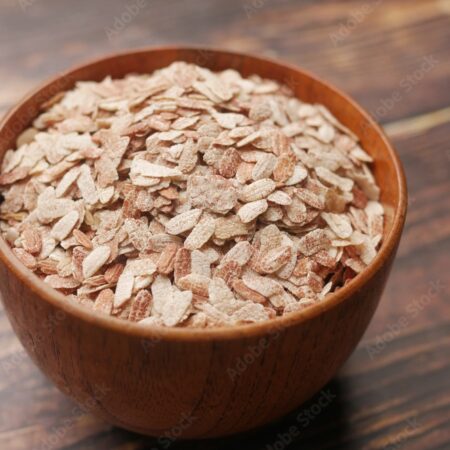
Red Poha
Red Poha, also known as flattened red rice, is a variation of traditional Poha made from red rice. Red Poha is made from red rice, which has a distinct reddish-brown colour due to the presence of natural pigments like anthocyanins. Similar to regular Poha, red rice is parboiled, flattened, and then dried to produce the flattened rice flakes known as Red Poha.
-
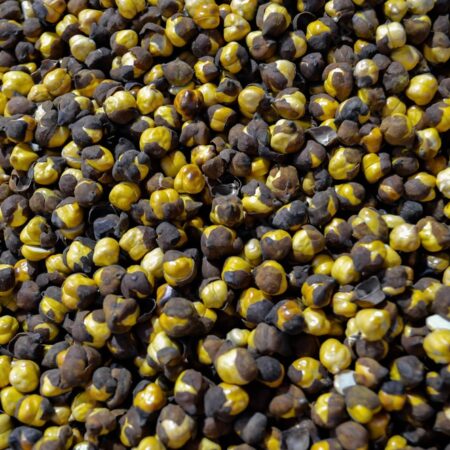
Roasted Gram Chana
Roasted Gram, also known as Roasted Chana or Bhuna Chana, refers to chickpeas (gram) that have been dry-roasted. Roasted Gram is made by dry-roasting chickpeas until they become crunchy and have a golden brown colour. The roasting process enhances their nutty flavour. Roasted Gram has a firm and crunchy texture, making it a satisfying snack.
-
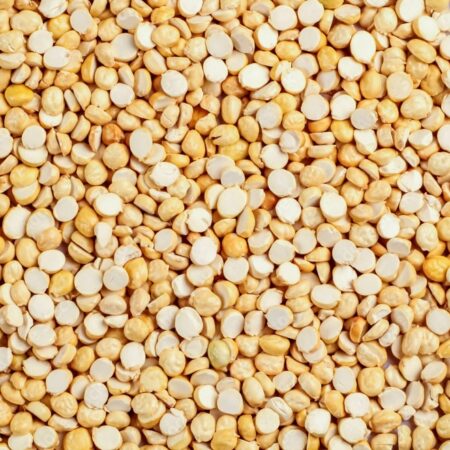
Roasted Gram Split
Roasted Gram Split is arrived from roasted gram by splitting the gram into half. Dry roasted chana or whole black grams (chickpeas) are typically eaten as a snack in India. The nutritional data proves chana to be an amazing source of protein, fibre, folate, minerals and fatty acids.
-
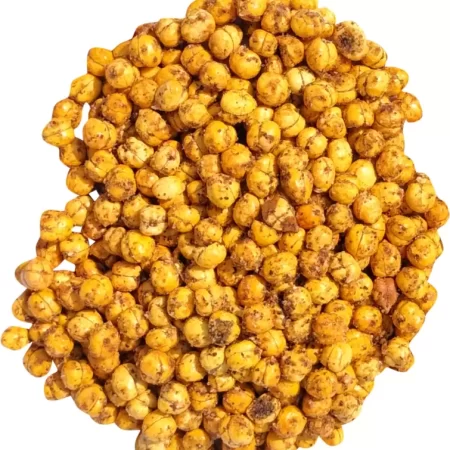
Roasted Gram Without Skin
Roasted Gram Without Skin refers to chickpeas (gram) that have been dry-roasted and have had their outer skins removed. Roasted Gram Without Skin is made by dry-roasting chickpeas until they become crunchy. After roasting, the outer skins are typically removed, resulting in a smoother texture. The removal of skins gives Roasted Gram Without Skin a smoother and more uniform texture compared to roasted chickpeas with skins.
-
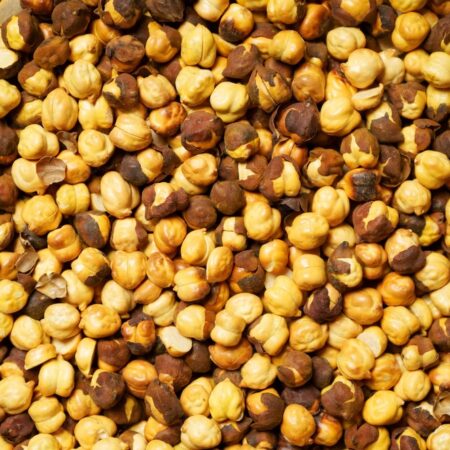
Roasted Gram Yellow
Roasted Chana is rich in fibre, which is a boon for your heart. It helps lower cholesterol levels and reduces the risk of heart disease. The magnesium and potassium content, which act as vasodilators, further adds a feather to its heart-healthy cap. Each handful is a step towards a happy heart!
-
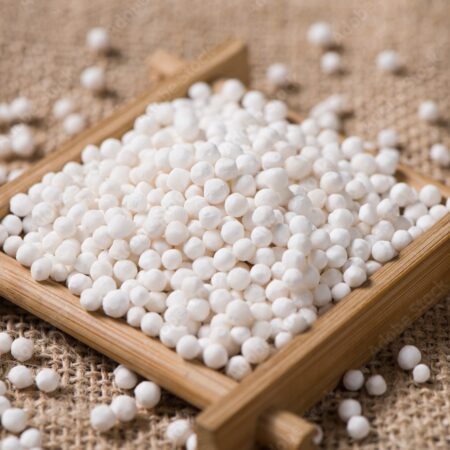
Sago(Sabudana)
Sago, also known as Sabudana in Hindi, is a starchy substance extracted from the pith or centre of certain types of palm trees and is commonly used as a food ingredient. Sago is derived from the pith of various types of palm trees, primarily the sago palm (Metroxylon sagu) and the cycad plant. Sago is primarily composed of carbohydrates and provides a quick source of energy. It is low in fat and protein but lacks significant vitamins and minerals.: Sago is naturally gluten-free, making it suitable for individuals with gluten sensitivities or celiac disease.
-
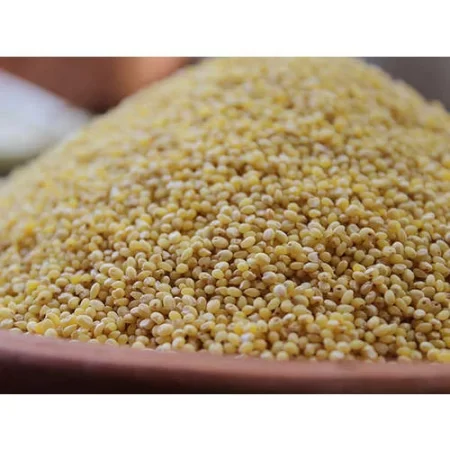
Samo
Samo, also known as Samak Rice or Barnyard Millet, is a type of millet commonly used in Indian cuisine. Samo belongs to the millet family and is often categorized as a pseudo-cereal. It is not a true rice but is referred to as Samak Rice due to its similar appearance and use. Samo is naturally gluten-free, making it suitable for individuals with gluten sensitivities or celiac disease.

